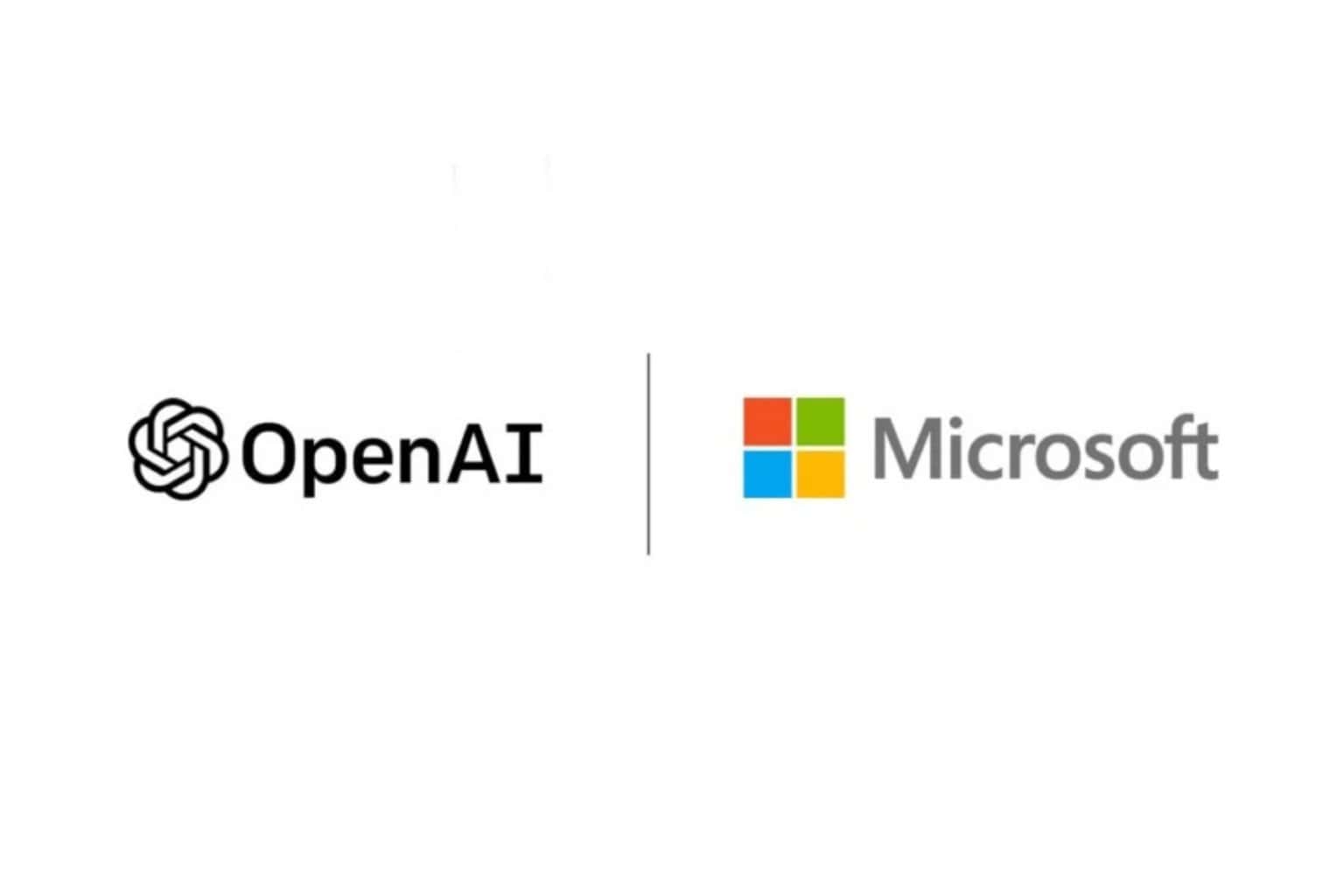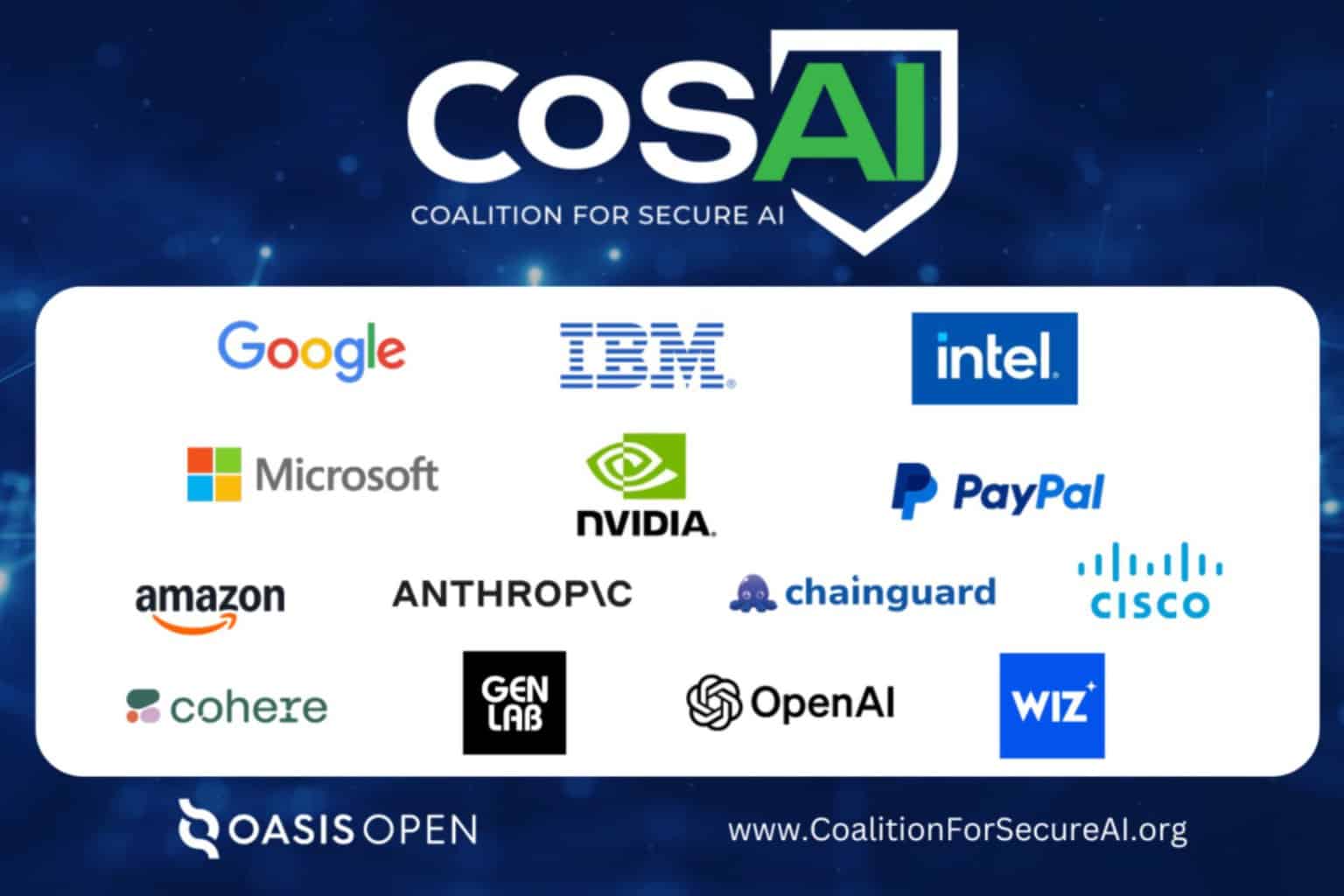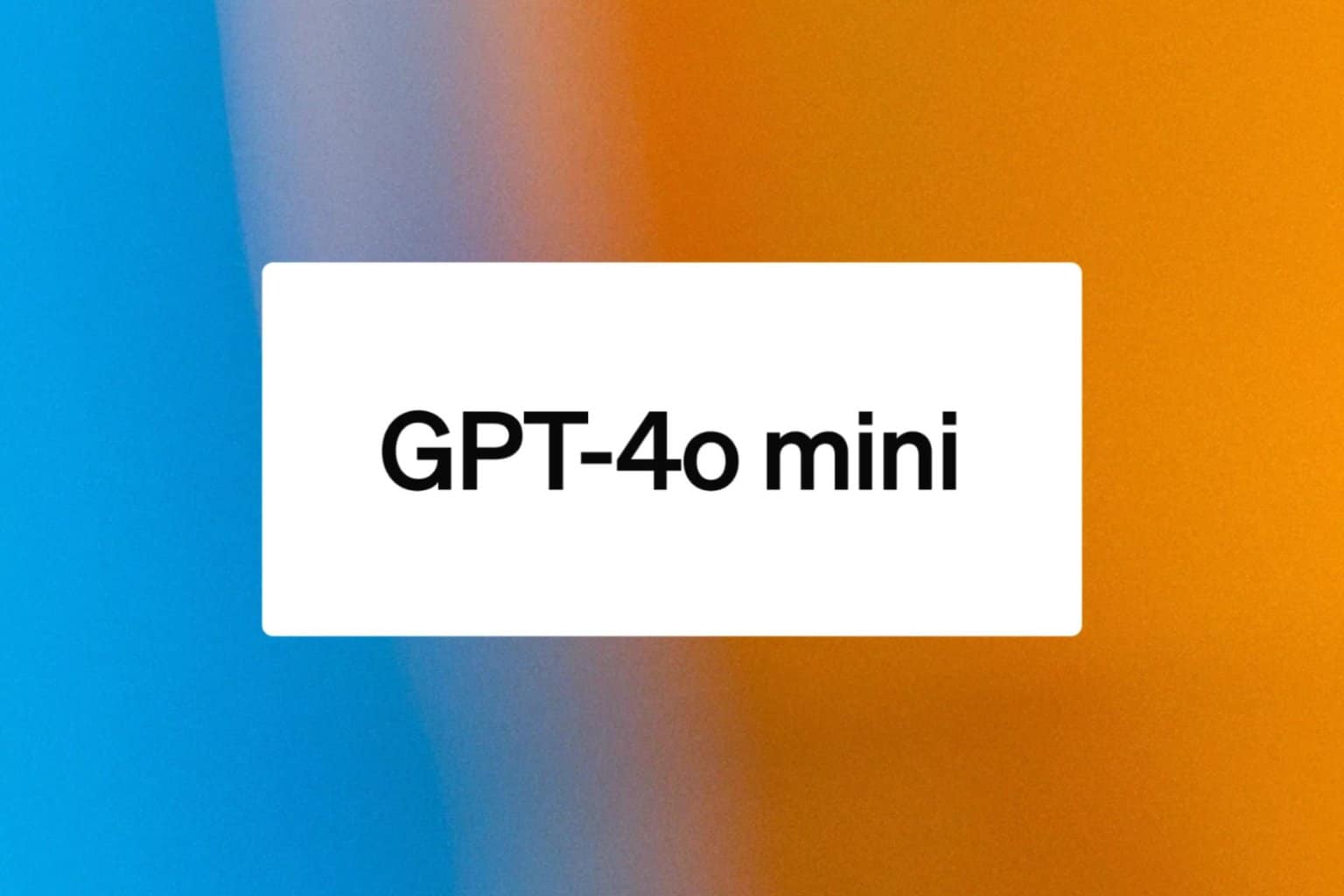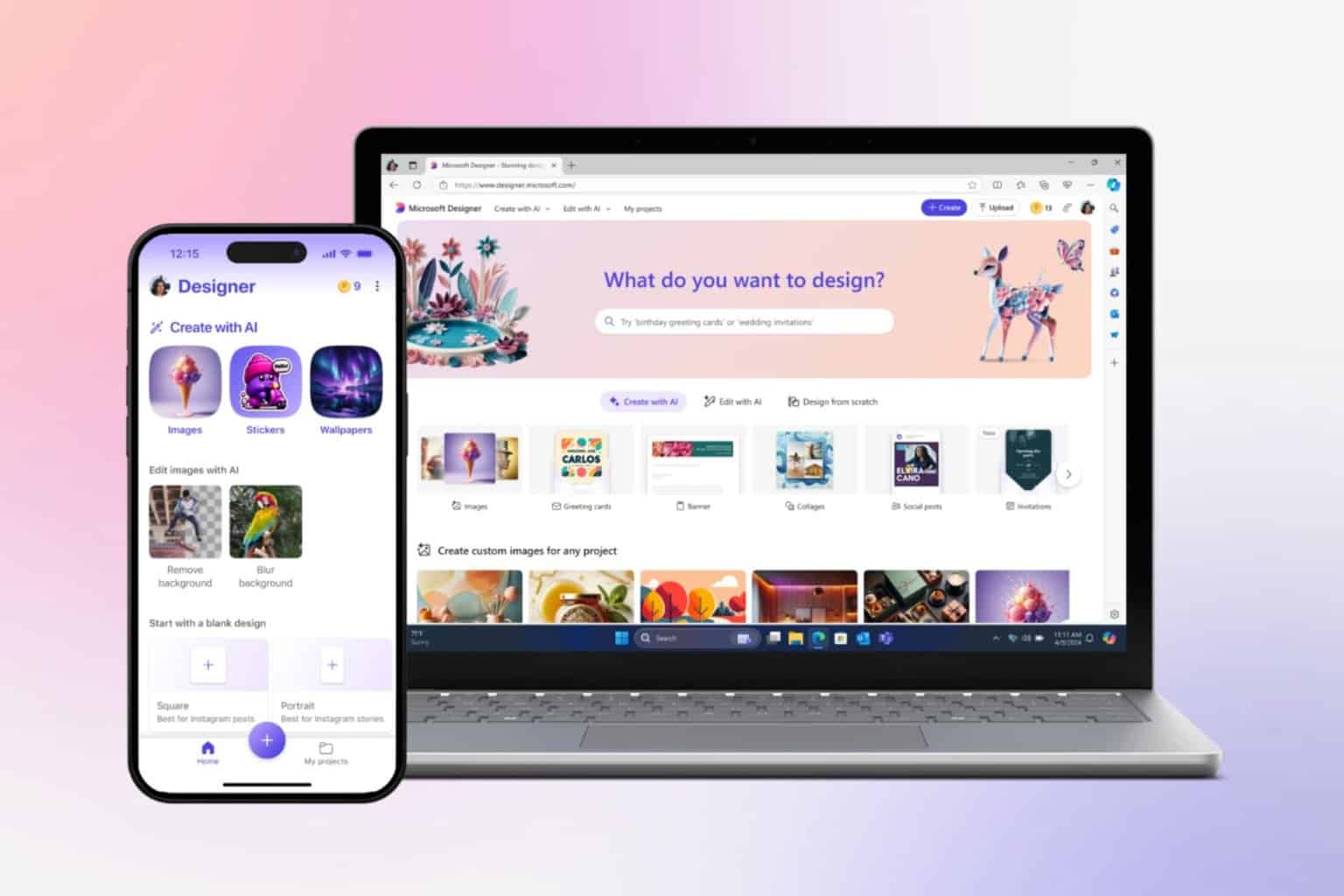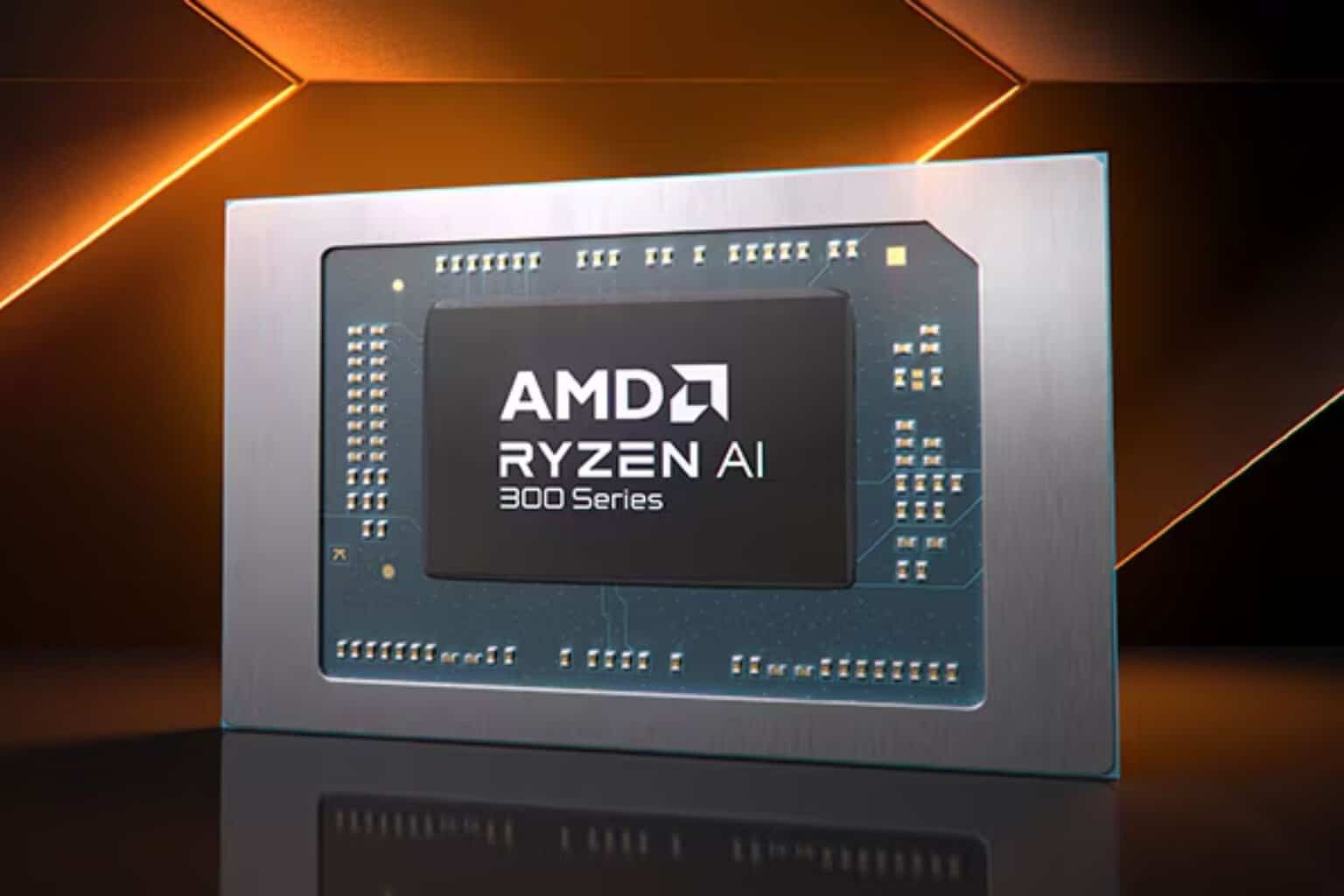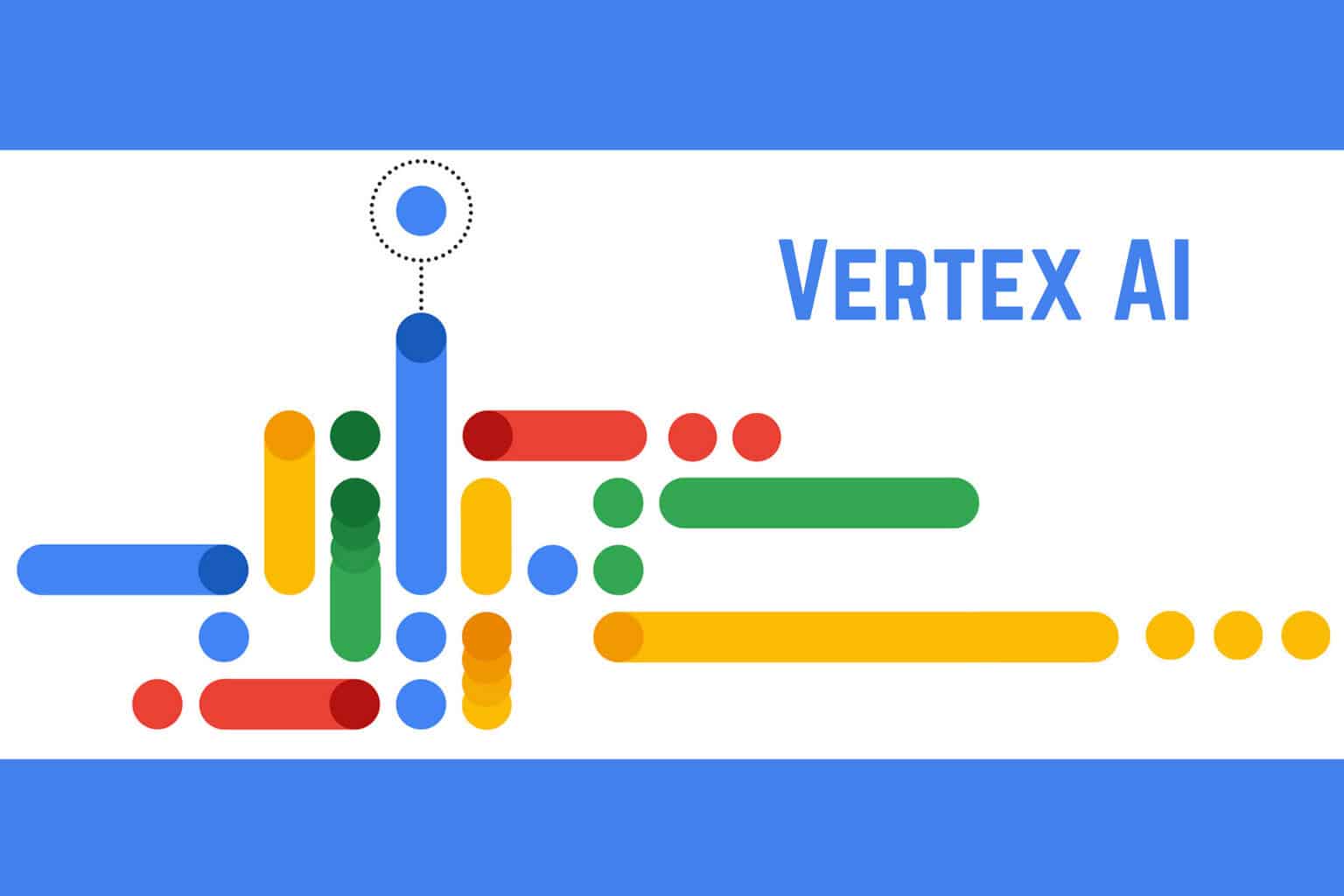Auto-GPT vs. ChatGPT: Which One's Better? [Key Differences]
Here's everything to know to choose the next AI helper
8 min. read
Updated on
Read our disclosure page to find out how can you help Windows Report sustain the editorial team Read more
Key notes
- ChatGPT became the fastest app to reach 100 million daily users.
- Auto-GPT is dubbed the future of AI technologies.
- Both revolutionized how we use the web, but who will win in a head-to-head battle? We explore their similarities and differences to help you choose.
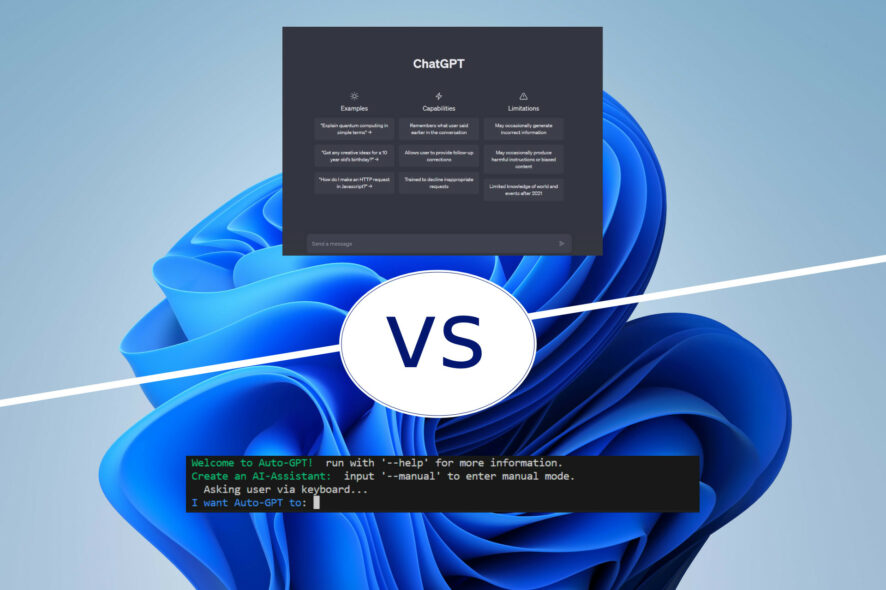
Like others, you’re probably mind-blown by the rapid development of artificial intelligence. Among all, however, two tools stand out – Auto-GPT and ChatGPT. So, by now, you’re probably wondering who wins in the Auto-GPT vs. ChatGPT battle.
The former made quite a sensation with its emergence, and many have dubbed it the future of AI. On the other hand, the latter is reportedly the fastest-growing app of all time.
But which one’s better, and how do they measure against each other? Keep reading to find out.
Auto-GPT vs. ChatGPT: Which one’s better?
Before we can answer that, we need to explore the contestants a bit deeper. So, for anyone who isn’t that familiar with the technology or needs some brushing up, here’s a quick recap.
GPT (Generative pre-trained transformer) is a type of large language model trained on text datasets to generate human-like content. The most popular example is ChatGPT.
As impressive as such AI tools may sound, they come with a significant limitation – they could complete one task at a time before requiring more human interaction (known as prompt).
Reportedly, that changed with the emergence of Auto-GPT – a technology that claims to automate the process of generating natural text without human intervention.
Is that the case? Let’s further explore Auto-GPT vs. ChatGPT to find out.
What is ChatGPT?
The AI-powered chat tool ChatGPT was developed by OpenAI to understand and respond to language in a human-like way. You know the drill – you ask questions, and it provides answers conversationally.
That’s its primary purpose – it’s trained on conversational data and texts to provide contextually relevant replies that learn from feedback and improve over time.
What is Auto-GPT?
Auto-GPT is also based on the GPT model and trained on huge text datasets. However, as opposed to ChatGPT, it requires little human intervention, as it can make decisions on its own. It can act autonomously by self-prompting the actions required to finish the task at hand.
The tool manages to do so with the added feature of AI agents – they are programmed to make decisions and act based on predefined rules and goals. It’s widely considered the first glimpse of artificial general intelligence (AGI).
The two AI tools come with their own set of strengths and weaknesses. In the following paragraphs, we’ll dive deeper into those to help you decide which suits your needs better.
In the meantime, you might like to learn how ChatGPT measures up against Google’s Bard or who wins the head-to-head battle between ChatGPT and Microsoft’s Bing.
Auto-GPT vs. ChatGPT [Key Differences]
1. Autonomy and user interaction
The first and maybe most crucial difference between the two.
ChatGPT relies on human interaction – it considers the user’s input and prompts and models the response to them. Its primary goal is to stimulate human-like dialogue and produce coherent and contextually relevant content.
Auto-GPT, on the other hand, requires just a single prompt – setting the goal where the user gives the initial requirements. It then relies on its AI agents to make decisions, take action, and complete the task in a coherent way.
2. Training source and methods
Another key point in the Auto-GPT vs. ChatGPT battle is the methods and type of data used to create them.
ChatGPT’s sources come from conversational data, enabling it to respond appropriately in a conversational context.
In contrast, Auto-GPT sources are much more diverse – they include books, articles, and websites. It uses this information to generate content by predicting the next work in the sentence.
3. Use cases
AI tools are here to help with task automation, but no one wants to read a robotic text devoid of human-like interaction. Both Auto-GPT and ChatGPT aim for more realistic and coherent content.
Auto-GPT is more of a general-purpose AI tool. You can use it to:
- create storylines,
- assist in content creation,
- or help with your creative writing.
Chat-GPT, on the other hand, is more suited for interactive conversations – it better understands the structure and context of a conversation. This makes it perfect for:
- chatbot apps,
- virtual assistant-like tasks,
- and customer support.
4. Contextual understanding
Closely related to the previous point, here’s how Auto-GPT vs. ChatGPT battle unfolds when it comes to understanding context.
Auto-GPT is considered better at understanding general context. It was created to generate text more closely related to the initial prompt.
In contrast, ChatGPT is better at understanding conversational context, which allows it to create more engaging and natural-sounding content.
5. Performance
Typically, Auto-GPT takes longer to complete a task, as more complex algorithms structure it and is looking for information from a much larger source. Keep that in mind if you’re looking for quality over quantity.
However, one of Chat-GPT’s major advantages is that it’s fast and efficient. It’s best for simpler tasks, prioritizing speed over sophisticated content.
6. Real-time data
Currently, ChatGPT sourced its information from before September 2021. OpenAI announced an integration with Microsoft’s Bing to provide real-time data to its users. Though, this feature will only be available to paying customers for the time being.
In contrast, Auto-GPT provides real-time insights with access to the web and verification if the source is legitimate. Moreover, it can access any website online and perform a variety of tasks on them.
7. Availability and ways of access
| ChatGPT | Auto-GPT |
| Available to everyone online | Has to be installed locally |
| Accessible with an Internet connection and an account | Requires programming knowledge to set up and use |
| Free version + subscription plan | Free to install but needs payment for most projects |
| Established in the market and used by many | Still an experimental project |
Chat-GPT is open to anyone. You just need a reliable internet connection and an account. Even though it’s a fairly new app, it’s now established on the market, becoming the fastest product to reach 100 million daily users.
OpenAI has subsequently introduced a subscription plan with additional benefits, but most users are pretty happy with what the free version offers.
In comparison, Auto-GPT is still an experimental project that requires specific software and programming knowledge. It’s currently a free, open-source AI app, though it’ll require payment if you intend to use it for large-scale projects.
It’s available as a Python library and can be downloaded freely from GitHub. Its (current) requirements are Python 3.8 or newer version, an OpenAI API key, a Pinecone API key, and an ElevenLabs key (for text-to-speech projects).
Auto-GPT vs. ChatGPT Summary
In summary, Auto-GPT and ChatGPT are built on the same technology, but their difference comes down to functionality and use cases. The primary one is that Auto-GPT is created to function autonomously, while ChatGPT requires human prompts to complete tasks.
Say, you want to plan a party for your parents’ 20th anniversary. With ChatGPT, you’ll have to issue a specific prompt, e.g., Help me plan a surprise anniversary dinner for my parents’ 20-year anniversary. It will then generate a list of ideas to keep in mind and tasks to perform.
Auto-GPT, on the other hand, will receive your initial prompt and take it from there – it will single-handedly develop a theme, send out invites, make reservations, get gifts, etc.
It sure sounds exciting, right? Though remember, as of now, the project is still experimental, requires programming knowledge (and possibly payment), and is reported to produce way less engaging content than its opponent.
Conclusion
Now, onto the question on everybody’s mind: Who wins in the Auto-GPT vs. ChatGPT battle?
Well, that depends on your specific requirements and needs. Auto-GPT is created for completing more complex tasks and creating more sophisticated content. ChatGPT is focused on interactive conversations and simpler tasks.
If you’re set on the former, you will need to learn how to install Auto-GPT. While if you prefer the other, you can look into ways to expand your ChatGPT knowledge.
Additionally, if ChatGPT isn’t available in your country and you are still hesitant to try Auto-GPT, you might want to try some other alternatives to ChatGPT or get familiar with other reliable AI tools on the market.
Overall, if you have to pick a side in the Auto-GPT vs. ChatGPT clash, it boils down to personal preferences. Leave it to us to provide the objective and relevant information, and we’ll leave it to you to decide.
Have you tried the AI tools? Which one do you prefer? We’d love to hear your opinion! Share it in the comment section below:




